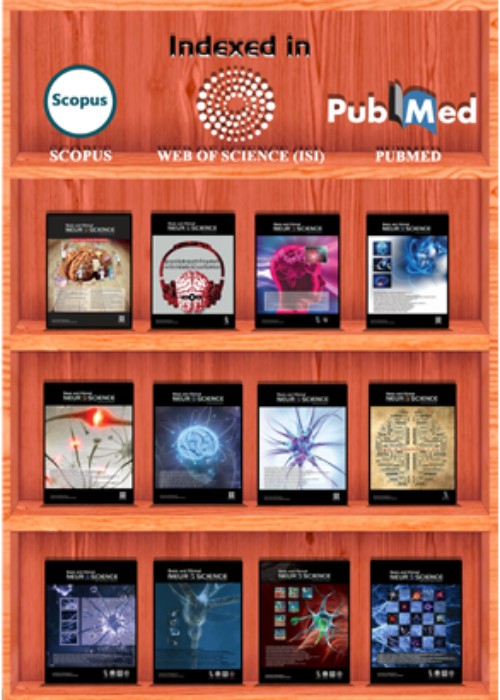Changes in Effective Connectivity Network Patterns in Drug Abusers, Treated With Different Methods
Author(s):
Abstract:
Introduction
Various treatment methods for drug abusers will result in different success rates. This is partly due to different neural assumptions and partly due to various rate of relapse in abusers because of different circumstances. Investigating the brain activation networks of treated subjects can reveal the hidden mechanisms of the therapeutic methods.Methods
We studied three groups of subjects: heroin abusers treated with abstinent based therapy (ABT) method, heroin abusers treated with Methadone Maintenance Therapy (MMT) method, and a control group. They were all scanned with functional magnetic resonance imaging (fMRI), using a 6-block task, where each block consisted of the rest-craving-rest-neutral sequence. Using the dynamic causal modeling (DCM) algorithm, brain effective connectivity network (caused by the drug craving stimulation) was quantified for all groups. In this regard, 4 brain areas were selected for this analysis based on previous findings: ventromedial prefrontal cortex (VMPFC), dorsolateral prefrontal cortex (DLPFC), amygdala, and ventral striatum.Results
Our results indicated that the control subjects did not show significant brain activations after craving stimulations, but the two other groups showed significant brain activations in all 4 regions. In addition, VMPFC showed higher activations in the ABT group compared to the MMT group. The effective connectivity network suggested that the control subjects did not have any direct input from drug-related cue indices, while the other two groups showed reactions to these cues. Also, VMPFC displayed an important role in ABT group. In encountering the craving pictures, MMT subjects manifest a very simple mechanism compared to other groups.Conclusion
This study revealed an activation network similar to the emotional and inhibitory control networks observed in drug abusers in previous works. The results of DCM analysis also support the regulatory role of frontal regions on bottom regions. Furthermore, this study demonstrates the different effective connectivity patterns after drug abuse treatment and in this way helps the experts in the field.Keywords:
Language:
English
Published:
Basic and Clinical Neuroscience, Volume:8 Issue: 4, Jul , Aug 2017
Pages:
285 to 298
magiran.com/p1724260
دانلود و مطالعه متن این مقاله با یکی از روشهای زیر امکان پذیر است:
اشتراک شخصی
با عضویت و پرداخت آنلاین حق اشتراک یکساله به مبلغ 1,390,000ريال میتوانید 70 عنوان مطلب دانلود کنید!
اشتراک سازمانی
به کتابخانه دانشگاه یا محل کار خود پیشنهاد کنید تا اشتراک سازمانی این پایگاه را برای دسترسی نامحدود همه کاربران به متن مطالب تهیه نمایند!
توجه!
- حق عضویت دریافتی صرف حمایت از نشریات عضو و نگهداری، تکمیل و توسعه مگیران میشود.
- پرداخت حق اشتراک و دانلود مقالات اجازه بازنشر آن در سایر رسانههای چاپی و دیجیتال را به کاربر نمیدهد.
دسترسی سراسری کاربران دانشگاه پیام نور!
اعضای هیئت علمی و دانشجویان دانشگاه پیام نور در سراسر کشور، در صورت ثبت نام با ایمیل دانشگاهی، تا پایان فروردین ماه 1403 به مقالات سایت دسترسی خواهند داشت!
In order to view content subscription is required
Personal subscription
Subscribe magiran.com for 70 € euros via PayPal and download 70 articles during a year.
Organization subscription
Please contact us to subscribe your university or library for unlimited access!


